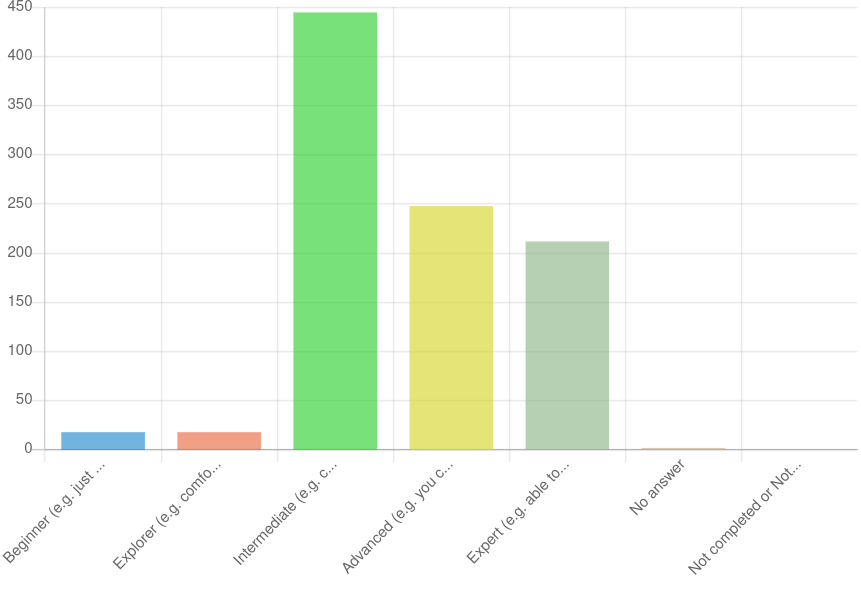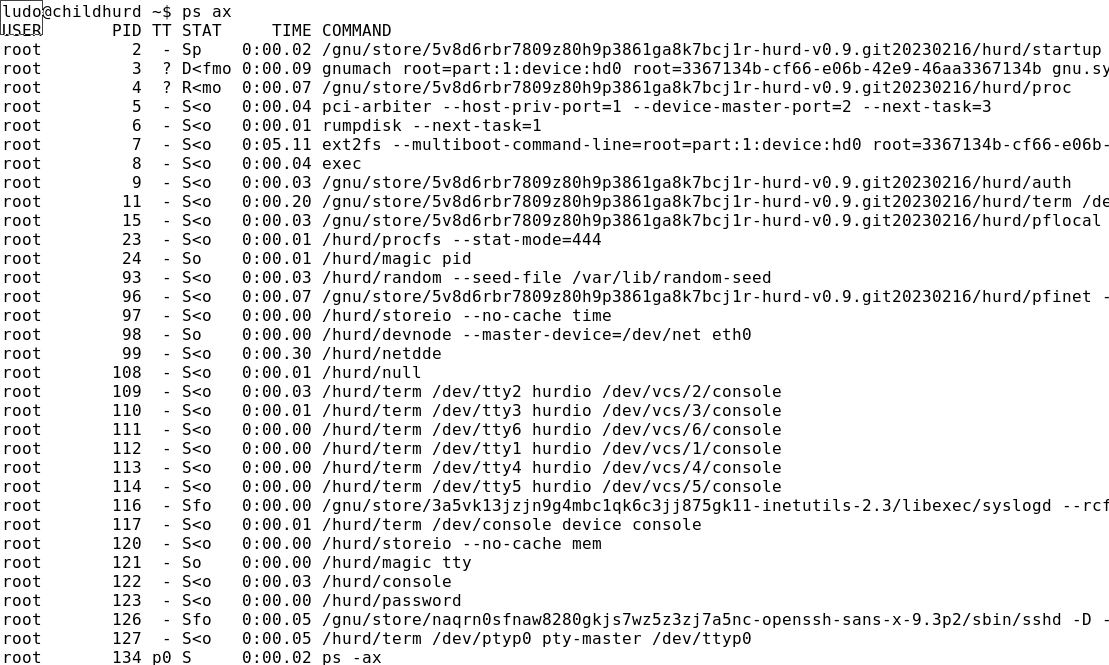Author: Thom Holwerda
Source
Sponsored:
Working in Public: The Making and Maintenance of Open Source Software - Audiobook

Unlock the Digital Creator Code!
Geico, an American insurance company, is building a live-patching solution for the Linux kernel, called TuxTape. TuxTape is an in-development kernel livepatching ecosystem that aims to aid in the production and distribution of kpatch patches to vendor-independent kernels. This is done by scraping the Linux CNA mailing list, prioritizing CVEs by severity, and determining applicability of the patches to the configured kernel(s). Applicability of patches is determined by profiling kernel builds to record which files are included in the build process and ignoring CVEs that do not affect files included in kernel builds deployed on the managed fleet. ↫ Presentation by Grayson Guarino and Chris Townsend It seems to me something like live-patching the Linux kernel should be a standardised framework that’s part of the Linux kernel, and not several random implementations by third parties, one of which is an insurance company. There’s a base core of functionality for live-patching in the Linux kernel since 4.0, released in 2015, but it’s extremely limited and requires most of the functionality to be implemented separately, through things like Red Hat’s kpatch and Oracle’s Ksplice. Geico is going to release TuxTape as open source, and is encouraging others to adopt and use it. There are various other solutions out there offering similar functionality, so you’re not spoiled for choice, and I’m sure there’s advantages and disadvantages to each. I would still prefer if functionality like this is a standard feature of the kernel, not something tied to a specific vendor or implementation.




